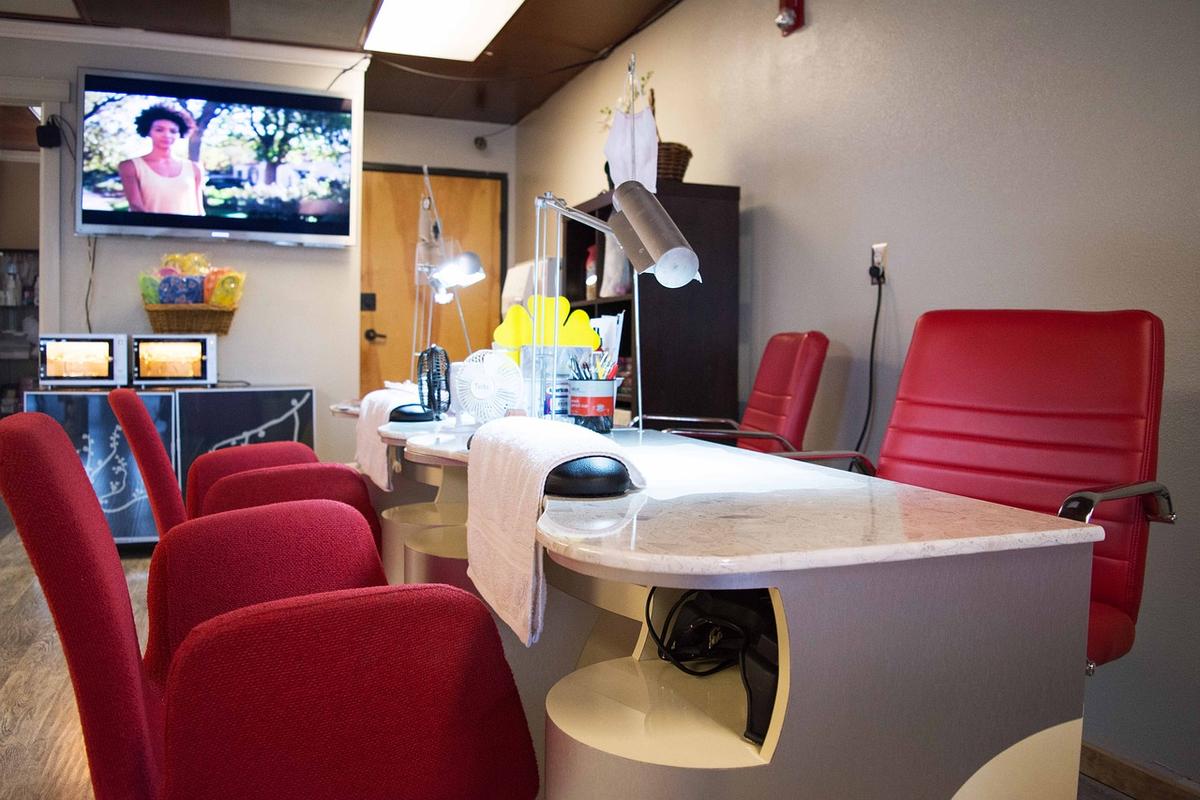What’s not to love about manicures, pampering, and beautiful nails? Well, potentially a whole wealth of hidden issues if you don’t go into your appointment fully clued up.

Illustration - Pixabay | joedo0209

What’s not to love about manicures, pampering, and beautiful nails? Well, potentially a whole wealth of hidden issues if you don’t go into your appointment fully clued up.
